Therapists and counsellors almost by definition are empathic, to facilitate clients’ recovery – but this quality can mean those carers or empaths are targets for sociopaths, aided by what Dr Jane & Tim McGregor call “apaths”. The first UK article on this cruel sport shows how to identify and thus avoid it.
People targeted by a sociopath often respond with self-deprecating comments like “I was stupid”, “what was I thinking” of “I should’ve listened to my gut instinct”. But being involved with a sociopath is like being brainwashed. The sociopath’s superficial charm is usually the means by which s/he conditions people.
How empaths are targets for sociopaths?
The empathy trap:
On initial contact, a sociopath will often test other people’s empathy, so questions geared towards discovering if you are highly empathic or not should ring alarm bells. People who are highly empaths are often targets for sociopaths. Those with lower levels of empathy are often passed over, though they can be drawn in and used by sociopaths as part of their cruel entertainment.
Sociopaths make up 25% of the prison population, committing over twice as many aggressive acts as other criminals. The reoffending rate of sociopaths is about double that of other offenders, and for violent crimes it is triple.
But not all sociopaths are found in prison. There is the less-visible burden of sociopath-induced emotional trauma which, if left unchecked, can lead to anxiety disorders, depression, and post-traumatic stress disorder. Chronically traumatized people often exhibit hypervigilant, anxious and agitated behaviour, symptoms such as tension headaches, gastrointestinal disturbances, abdominal pain, back pain, tremors, and nausea.
Exposure to and interaction with a sociopath in childhood can leave lifelong scars. This can apply to people in therapy – and for those who in recovery trained as therapists, re-exposure as an adult can trigger old emotions and PTSD.
Related: 5 Things Sociopaths and Narcissists Say to Make You Feel Crazy
This article is not about sociopaths per se but about surviving the harm they cause.
Everyday sociopaths
Many sociopaths wreak havoc in a covert way so that their underlying condition remains hidden for years. They can possess a superficial charm, and this diverts attention from disturbing aspects of their nature.
The following case history illustrates how people can be systematically targeted until they feel they can barely trust their own sense of reality – what we call “gaslighting”. Sociopathic abuse is targeted for abuse. It can wreck lives. Victims can become survivors but at a huge cost.
At school, ‘James’ took a dislike to a classmate, ‘Sam’, who was sensitive and popular. He would mock him for auditioning for the school play or for getting upset over failing a test. The situation deteriorated when it became known that Sam’s parents were separating. Sam appeared to be taking it with fortitude, to the admiration of his peers. He also got attention and sympathy from the school staff, especially James’ favorite teacher: ie, the one he manipulated most easily.
James decided on a plan of covert bullying. He started a whispering campaign implying that Sam’s parents were not splitting up, that he had said they were in order to seek attention. Sadly, this was all too successful and over the next few days, Sam was met with silence and verbal bullying from his hitherto-supportive classmates.
James continued his campaign, targeting Sam’s close friends over the next few days. They found themselves accused of misdemeanours such as sending offensive emails/texts. Then the ‘favourite’ teacher went on “leave with immediate effect” after accusations of assaulting a pupil. Where had the accusations come from? Guess.
This case shows how deliberately sociopaths, from a young age, can target empaths. Taking advantage of people’s credibility and goodwill, James exploited the situation. With a more perceptive head teacher, this sociopath might have been found out, but he knew who to manipulate and how far he could go. And empaths being kind people are easy targets for sociopaths.
See The Emperor/Empress’s Clothes
To deal with sociopaths effectively, you first need to open your eyes. In The Emperor’s New Clothes by Hans Christian Anderson, two weavers promise the emperor a new suit of clothes that is invisible to those who are stupid and unfit for their positions. When the emperor parades before his subjects, all the adults, not wishing to be seen in a negative light, pretend they can see the clothes. The only truthful person is a child who cries “But he isn’t wearing any clothes!”. You, too, need to see sociopaths as they really are.
We are conditioned to keep quiet, which often means turning a blind eye to or putting up with abuse. The boy in the tale represents those who see the problem behaviour for what it is and find the courage of their convictions to make a stand. Sight becomes insight, which turns into action. If empaths don’t want to be targets for sociopaths, awareness is the first step in limiting the negative effects of contact with a sociopath.
Interactions Of The Sociopath
Let’s look at what we term the Socio-Empath-Apath Triad or Seat. Unremitting abuse of other people is an activity of the sociopath that stands out. To win their games, sociopaths enlist the help of hangers-on: apaths.
The apath. We call those who collude in the sport of the sociopath apathetic or apaths. In this situation, it means a lack of concern or being indifferent to the targeted person.
We have highlighted the importance of seeing the problem for what it is via the tale of the Emperor’s New Clothes, which represents the collective denial and double standards which are often a feature of social life. The apath in this context is someone who is willing to be blind: ie, not to see that the emperor/empress is naked.
Apaths are an integral part of the sociopath’s arsenal and contribute to sociopathic abuse. Sociopaths have an uncanny knack of knowing who will assist them in bringing down the person they are targeting. It is not necessarily easy to identify an apath; in other circumstances, an apath can show ample empathy and concern for others – just not in this case. The one attribute an apath must have is a link to the target.
How apaths, who might otherwise be fair-minded people, become involved in such destructive business is not hard to understand, but it can be hard to accept. The main qualifying attribute is poor judgment resulting from lack of insight. They might be jealous of or angry at the target, and thus have something to gain from the evolving situation.
At other times, the apath might not want to see the ‘bad’ in someone, particularly if the sociopath is useful. Or they might choose not to see because they have enough on their plate and do not possess the wherewithal or moral courage to help the targeted person at that time. Usually, be it active or passive involvement, the apath’s conscience appears to fall asleep. It is this scenario that causes people blindly to follow leaders motivated only by self-interest.
Related: The Toxic Attraction Between An Empath And A Narcissist
Readers might know of Yale University professor Stanley Milgram’s experiments to test the human propensity to obey orders, as participants gave increasingly large electric shocks to subjects. Afterwards, he wrote an article, The Perils of Obedience: “Ordinary people, simply doing their jobs and without any particular hostility on their part, can become agents in a terrible destructive process”.
Apaths are often fearful people. They are the ones most likely to go with the flow, to agree that the emperor/empress is wearing new clothes. They might also fail to perceive the threat: a danger is of no importance if you deny its existence. An apath’s response to a sociopath’s call to arms can then result from a state of ‘learned helplessness’. Apaths behave defencelessly because they want to avoid unpleasant or harmful circumstances [including the sociopath turning on them]. Apathy is an avoidance strategy.
The Empath. Often, empaths are people who are targets for sociopaths. Empaths are ordinary people who are highly perceptive and insightful and belong to the 40% of human beings who sense when something’s not right, who respond to their gut instinct. In The Emperor’s New Clothes, the empath is the boy who mentions the unmentionable: that there are no clothes.
In the 1990s, researchers suggested that there was a positive relationship between empathy and emotional intelligence. Since then, that term has been used interchangeably with emotional literacy. What this means in practice is that empaths have the ability to understand their own emotions, to listen to other people and empathize with their emotions, to express emotions productively and to handle their emotions in such a way as to improve their personal power.
People are often attracted to empaths because of their compassionate nature, which makes them easy target for sociopaths. A particular attribute is that they are sensitive to the emotional distress of others. Conversely, they have trouble comprehending a closed mind and lack of compassion in others.
Very highly empathic people can find themselves helping others at the expense of their own needs, which can lead them to withdraw from the world at times.
It is odd. Most of us enjoy watching films and reading books about heroes who refuse to go along with the crowd, which suggests there is something admirable about people who make a bold stand. But in real life, watching someone raise their head above the parapet often makes the rest of us feel queasy. Most – the 60% majority – prefer the easy life. It was interesting to discover, when doing the research for this book, how often people see empaths in problematical terms.
Empaths use their ability to emphasize and to boost theirs and others’ well-being and safety. All these good qualities make empaths easy target for sociopaths. Problems arise for empaths, however, when there are apaths in the vicinity. Empaths can be brought down, distressed and forced into the position of the lone fighter by the inaction of more apathetic types around them.
Related: Are you a psychopath? Lets see if you Can You Pass This Test
The Sociopathic Transaction
Often empaths are targets for sociopaths because they pose the greatest threat. The empath is usually the first to detect that something is not right and express what s/he senses. As a consequence, the empath is both the sociopath’s number one foe and a source of attraction; the empath’s responses and actions provide excellent entertainment for sociopaths, who use and abuse people for sport.
The world of the empath is not for the faint-hearted. In the context we are discussing, empaths often find themselves up against not only the sociopath but often a flock of apaths as well. Apaths are afforded pole position in the sociopath’s intrigues. But this prime spot comes at a price for, in what we call the “sociopathic transaction”, the apath makes an unspoken Faustian pact with the sociopath, then passively or otherwise participates in the cruel sport.
Sociopath-Empath-Apath Triad
The usual set-up goes like this: the empath is forced to make a stand on seeing the sociopath say or do something underhand. The empath challenges the sociopath, who straight away throws others off the scent and shifts the blame on to the empath. The empath becomes an object of abuse when the apath corroborates the sociopath’s perspective.
The situation usually ends badly for the empath and sometimes also for the apath, if their conscience returns to haunt them or they later become an object of abuse themselves. But, frustratingly, the sociopath often goes scot-free.
Sociopaths rarely vary this tried-and-tested formula because it virtually guarantees them success.
Sociopaths draw in apaths by various means: flattery, bribery, disorienting them with lies. A sociopath will go to any lengths to win her game. The best way to illustrate the interplay, and the ease with which apaths are pulled in, is by another short story.
‘Steve and Robin’ were microbiologists at a prestigious university, collaborating on an important vaccine trial. The department head, Ben, hoped to gain substantially; success could see his status in his field rise and prove the catalyst for a glittering career.
His colleagues worked relentlessly collecting data, then Ben drafted a paper for submission to a respected journal. He decided that the outcome didn’t look tantalizing, so falsified key results in order to present findings in the best light. On completing the draft, he sent the paper for comment to his colleagues. Steve replied by email that he was happy with the manuscript; he used the opportunity to suck up to his boss. But Robin was aghast, noting colossal errors. With great urgency, he rattled off an email to Ben.
Receiving no response to this or a phone call, Robin went to find Ben in person, discovering him in the cafeteria with Steve. But he was too late. Ben had poisoned Steve’s mind, saying that Robin had challenged him over the accuracy of the results, due to a longstanding grudge. Ben said he had to pull Robin up about his own work several months back. Steve was different, Ben implied. He intimated Steve would be on course for promotion “especially if we get this paper out and secure funding for the next-stage trials”.
By the time Ben joined them, Steve, though initially shocked, had been won over by Ben’s swift flattery and insinuations
Robin crossed the cafeteria to them. “Hi, you two got a moment?” Briefly, there was an awkward silence. Steve exchanged a look with Ben, who gave a slight conspiratorial smile, now that the transaction was done and the sport under way. “Yes, we were just talking about the paper. By the way, I did see your email, but if you look at the paper thoroughly, I think you’ll find that everything is correct.” Steve replied with a smug look that “I’m with Ben on this one”. Robin was floored. “You can’t be serious? You’re happy for it to go off to be reviewed with all these serious errors? Our reputations will be left in ruins.”
He decided to make a stand. He asked for his name to be removed as a co-author but was exasperated to learn that it was sent off to the journal anyway. More frustratingly, it was published. Meanwhile, the workplace became a source of stress for Robin as he struggled to cope with the backlash from colleagues who saw his intervention as an attempt to sabotage their work. People avoided him and, when they did talk to him, the conversation was stilted.
Eventually, Robin arranged a meeting with Ben to have it out once and for all. But Ben took control of the agenda. “Robin, I have to be honest with you, many of your colleagues are unhappy about the way you handled things and some have made complaints. They don’t trust you to conduct yourself professionally after you attempted to sabotage their hard work. Mercifully the reviewers saw what a fine trial we’d conducted and didn’t get wind of your attempted slur.
“We can’t afford to have a saboteur on the team. So I’ve discussed this with the dean and he agrees there is no future for you here, and there’s no other way to deal with this. You’ve got to go.”
Any phase of this story sound familiar?
Related: Signs You’re Arguing With A Psychopath
The Gaslighting Effect
Gaslight In the story above, the actions of Ben and Steve have a ‘gaslighting’ effect on Robin. Gaslighting is a systematic attempt by one person to erode another’s reality. The syndrome gets its name from the play and films of the same name in which a murderer strives to make his wife doubt her sanity and get others to disbelieve her.
Gaslighting is a form of psychological abuse in which false information is presented in such a way as to make the target doubt his/her memory and perception. Psychologists call this “the sociopath’s dance”. It could involve denial or staging of strange events.
This is Machiavellian behaviour of the worst kind. And not just empaths but anyone can become targets for sociopaths and victim of the sociopath’s gaslighting moves: parent and child, in-laws, friends, groups of people including work colleagues.
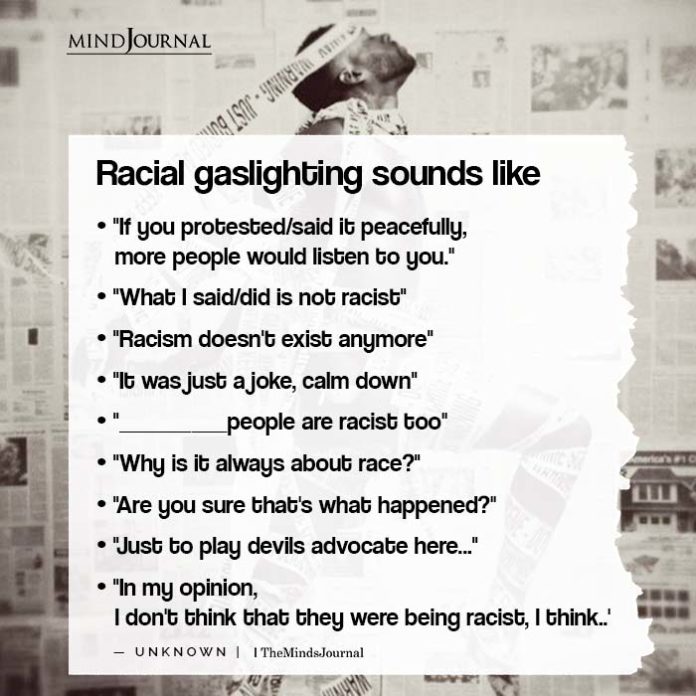
Related: Are you a psychopath? Lets see if you Can You Pass This Test
Psychotherapist Christine Louise de Canonville describes –
Different phases that the abuser leads the relationship through:
>> the idealization stage, where the sociopath shows herself in the best possible light – but this phase is an illusion
>> to draw her target in the devaluation stage begins gradually so the target is not alert to the sociopath’s transformation to being cold and unfeeling, but will begin to feel devalued at every turn; the more distressed the target becomes, the more the sociopath enjoys her power
>> her abuse can become more extreme the discarding stage – the target is reduced to an object to which the sociopath is indifferent, seeing the game as won; the sociopath rejects any connection, moving on to the next target.
Gaslighting does not happen all at once so, if you suspect in the early stages of a relationship that you are being gaslighted, you can protect yourself by walking away.
Hopefully you have got a clear idea of why and how empaths are natural targets for sociopaths. Share you thoughts in comments below.
To learn more, including how to recover from exposure to a prolonged sociopathic transaction, buy The Empathy Trap: Understanding antisocial personalities by Dr Jane and Tim McGregor (Sheldon Press, ISBN 978-1847092762).
About the authors
DR JANE McGregor is a freelance trainer and lecturer at the Institute of Mental Health, University of Nottingham. She holds a Ph.D. in public health and worked in the NHS and voluntary sector, mostly in the field of addiction treatment.
TIM McGregor is a freelance consultant and trainer, and a mental-health practitioner of many years’ standing. He has worked in the NHS and voluntary sector, most recently as a commissioning adviser.
Source Sott.net




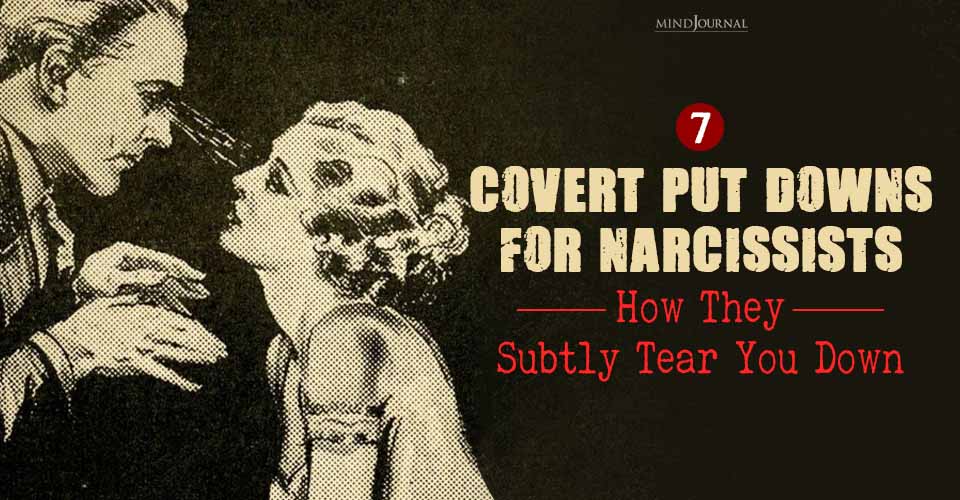


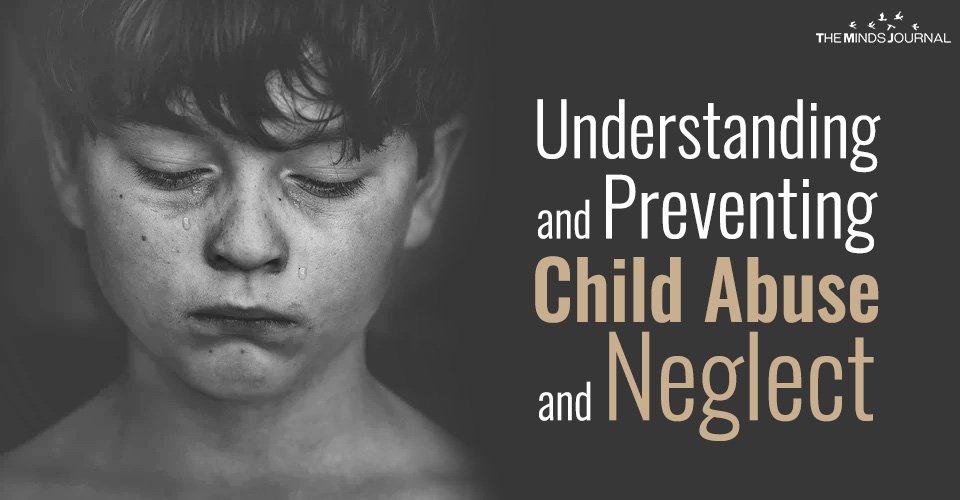

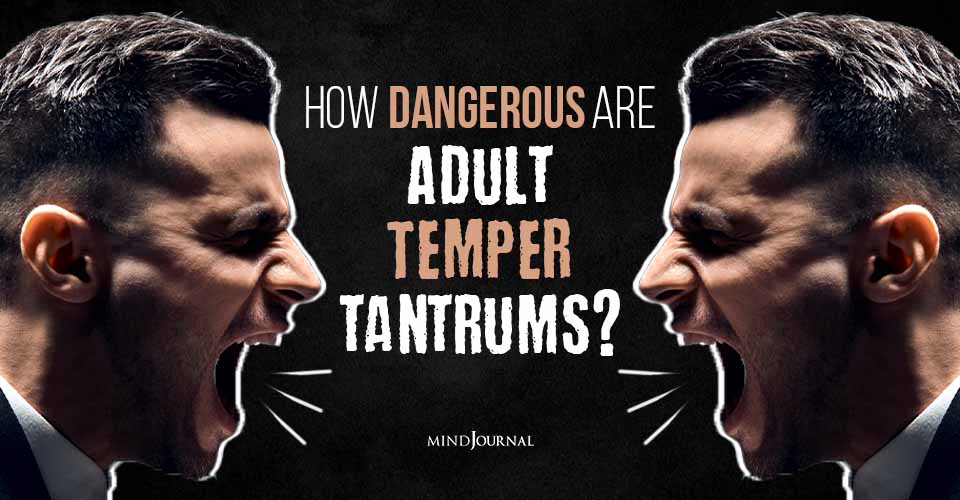
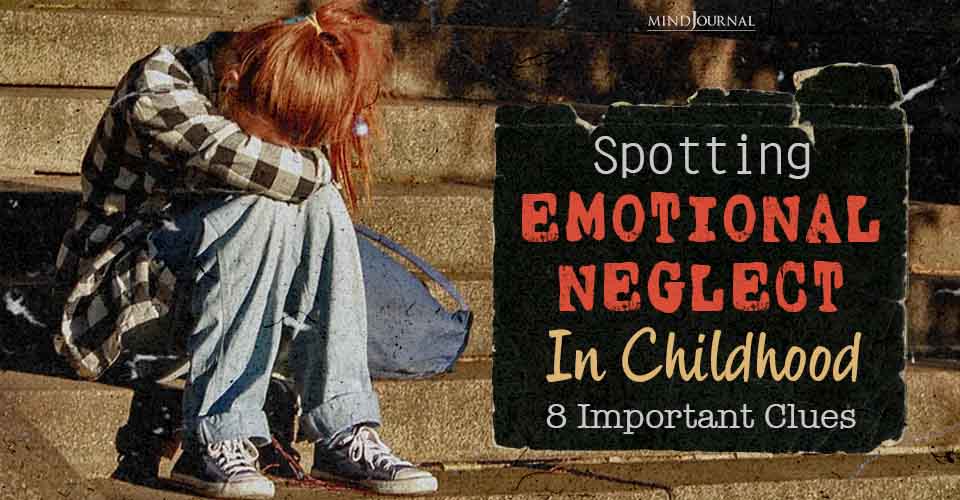
Leave a Reply